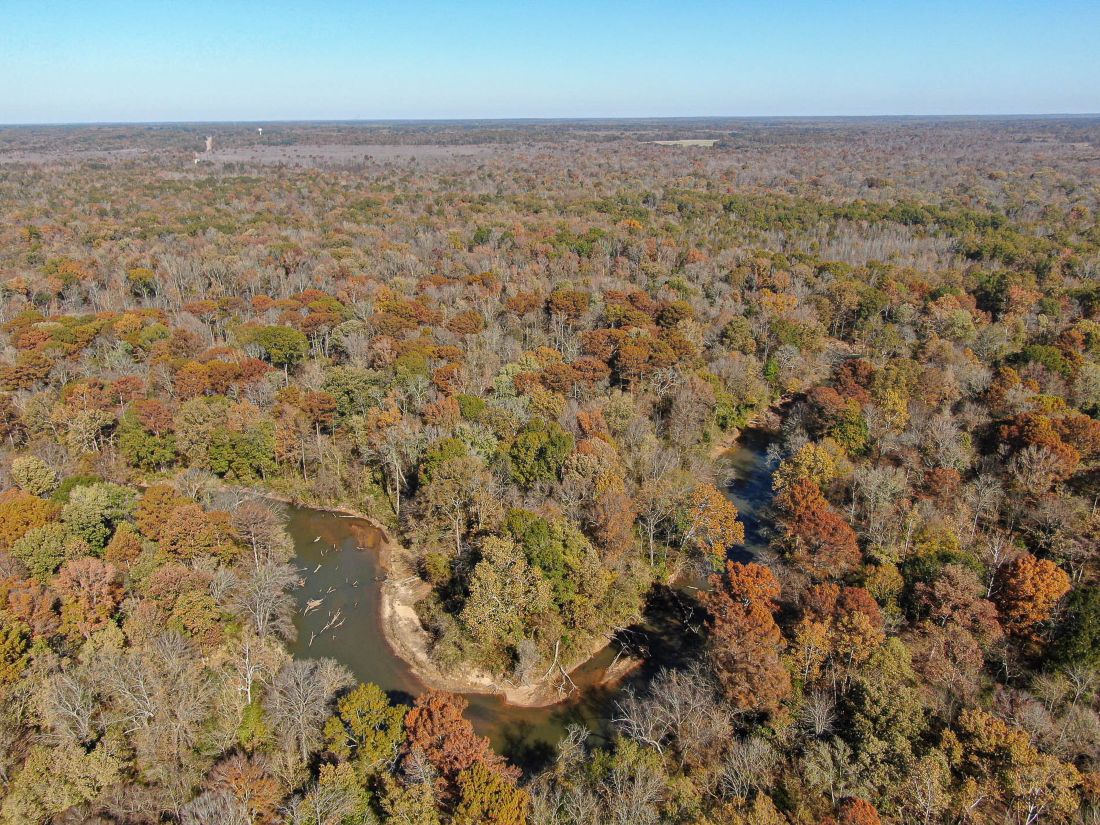About Us

Our Mission
The Wolf River Conservancy is dedicated to the protection and enhancement of the Wolf River and its watershed as a sustainable natural resource.
In 1985, the Wolf River Conservancy was formed as a non-profit local land trust in order to be able to protect lands along the Wolf River as a public natural resource. A land trust is a nonprofit organization that, as all or part of its mission, actively works to conserve land by undertaking or assisting in fee-land or conservation easement acquisition, or by its stewardship of such land or easements.
Land trusts work with landowners and the community to conserve land by accepting donations of land, purchasing land, negotiating private, voluntary conservation agreements on land, and stewarding conserved land through the generations to come.
In 2015, the Wolf River Conservancy became an accredited land trust by the Land Trust Alliance. Only 25% of land trusts are nationally accredited through the Land Trust Alliance (Click here for more info), which means the Conservancy meets the highest standards and practices for a land trust.
The Conservancy goes above and beyond the traditional roles of a land trust by also educating youth and the public, engaging the community through the Wolf River Greenway, and providing guided paddle trips.
Wolf River History
The Wolf River Conservancy was founded in 1985 when a group of volunteers came together to successfully oppose a new gravel mine along the Wolf River near Summer Avenue in Memphis. Afterwards, these volunteers chartered the Wolf River Conservancy as a 501(c)3 non-profit organization dedicated to the protection and enhancement Wolf River lands for sustainable recreation and education. The founding members had a vision of the Wolf River as a future Greenway and wildlife corridor through the city, protected from the kind of degradation suffered by waterways such as Nonconnah Creek in south Memphis.
Since 1985, the Wolf River Conservancy has expanded its mission, its staff, its resources, and its membership. We have helped to protect more than 20,000 acres in the Wolf River corridor, including the beautiful Ghost River State Natural Area, launched the transformational Wolf River Greenway project, and connected thousands of people of all ages to the Wolf River through education and recreation programs. Our vision includes the protection and enhancement of the entire Wolf River floodplain, from its origins at Baker’s Pond in North Mississippi to its confluence with the Mississippi River in Memphis, thereby providing a recreation and wildlife corridor of 100 miles while protecting critical aquifer recharge areas for public drinking water.
At critical times in the history of the Wolf River Conservancy, its members have provided the grassroots activism and support necessary to get the job done. These dedicated and enthusiastic members, along with numerous partnerships with other non-profits, businesses, local, state and national government agencies, are largely responsible for the success of the Wolf River Conservancy for over 30 years. We invite you to read the stories behind some of the Wolf River Conservancy’s most notable accomplishments through the years by visiting the links below:
Looking To The Future
Ghost River Rescue
The saving of the Ghost River section of the Wolf River in 1995 is probably the Wolf River Conservancy’s most resounding success - a story we are proud to tell. There is not ample space on this webpage to relate the details of how paddlers, conservationists, Wolf River Conservancy members, and multiple state agencies worked together to save the Ghost River section, the 4,000 acre crown jewel of the Wolf River. They were motivated by the eminent threat to the area as well as its unique ecological values, and the fundraising required to secure it was unprecedented. Now known as the Ghost River State Natural Area, it adjoins the Wolf River Wildlife Management Area in Fayette County. The Conservancy has been partnering with the State of Tennessee to expand the area under protection to over 11,000 acres.





